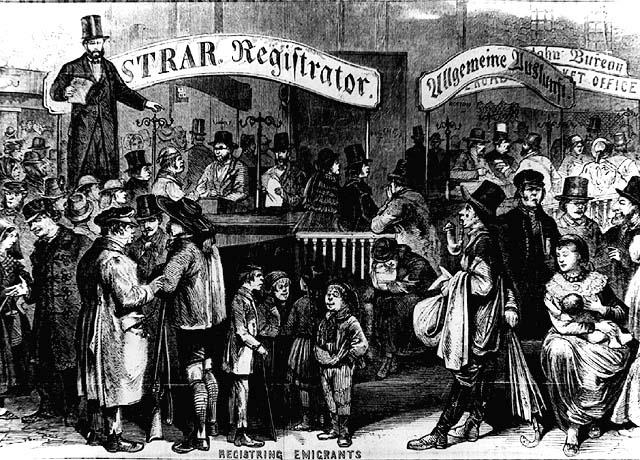
GERMAN BANKER AND
PHILANTHROPIST, COURT AGENT TO THE BRUNSWICK RULERS, HE WAS A "SHTADLAN", ONE OF THE JEWISH LEADERS ACTIVE AT ROYAL COURTS ON BEHALF OF THE JEWISH COMMUNITIES.
ENGRAVING BY BENEDICT HEINRICH BENDIX, 1804.
(JERUSALEM, DR. NAHUM T. GIDAL COLLECTION)
Bremke
(Place)Bremke
A village in the Gemeinde Gleichen in Lower Saxony, Germany.
First Jewish presence: 1727; peak Jewish population: 159 in 1852 (16.7% of the total population); Jewish population in 1933: 26
The Jews of Gelliehausen and Woellmarshausen were affiliated with the Jewish community of Bremke in 1853 and 1877, respectively. In 1828, a Gentile resident of Bremke built a synagogue on his property (42 Heiligenstaedterstrasse); the Jewish community financed the construction and afterwards paid monthly rent. A mikveh was built in another rented building in 1845, by which point Bremke was home to a Jewish elementary school whose teacher performed the duties of chazzan and shochet. After the school closed in 1914, children studied religion with a teacher from Heiligenstadt and later with one from Goettingen. The Jews of Bremke established two cemeteries—one in the 18th century (enlarged in 1800), the other in 1844. (There was also a cemetery in Woellmarshausen.) Eleven schoolchildren received religious instruction in 1933. Nazis repeatedly attacked the synagogue, in response to which, in 1934, services were moved to a private residence. Jewish-owned businesses were plundered in 1937. On Pogrom Night (Nov. 9, 1938), Jewish-owned stores were looted and destroyed; the synagogue and its ritual objects were burned. Later, in the fall of 1939, Bremke’s last six Jews left the area, as did the remaining four Jews in Gelliehausen. At least 22 Bremke Jews and seven from Gelliehausen perished in the Shoah. The old cemetery was sold in 1941, the new one in 1944.
---------------------------------------------
This entry was originally published on Beit Ashkenaz - Destroyed German Synagogues and Communities website and contributed to the Database of the Museum of the Jewish People courtesy of Beit Ashkenaz.